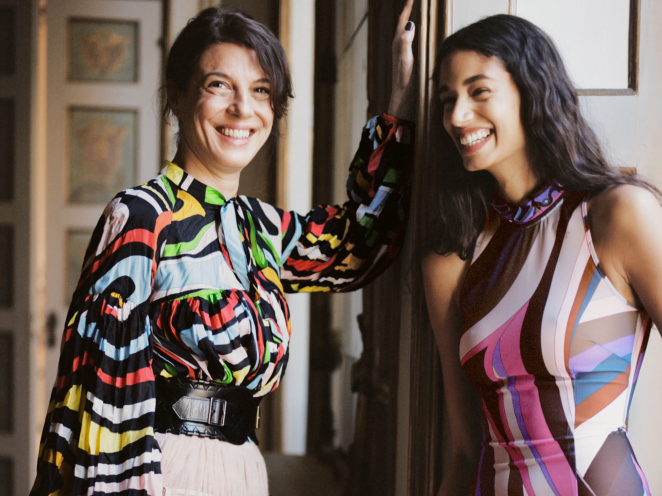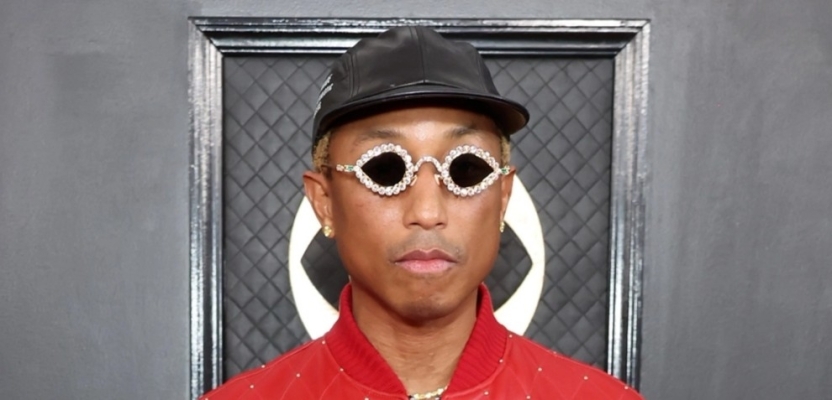As I reflect on the recent changes in the fashion industry, I am compelled to write about an issue that has been on my mind for quite some time:
Why do holding companies “hate” female creative directors?
The idea first occurred to me during the Creative Director shifts in 2020, when Kim Jones became the new Creative Director at Fendi and Matthew Williams took over the throne at Givenchy from Clare Waight Keller (the first woman to ever hold the Artistic Director position at the French luxury house). Recently Pharrell Williams was appointed artistic leader at Louis Vuitton and that forced me to revisit my notes and explore this topic further.
To begin, I will focus on the two major holding companies ruling the fashion industry: LVMH and Kering. In 2022, LVMH and Kering reported revenues of 79,184 and 20,351 million euros, respectively.
These companies own some of the most coveted brands in luxury goods, with LVMH’s portfolio including Louis Vuitton, Dior, Loewe, Fendi, Celine, Givenchy, Kenzo, Marc Jacobs, Loro Piani, and Pucci. Kering consists of Gucci, Saint Laurent, Bottega Veneta, Balenciaga, Brioni and Alexander McQueen. Together, they represent 16 exclusive fashion brands that dominate the runways and dictate the terms for the luxury industry.
Behind this trendsetting monopoly lies a problem: the enormous lack of diversity in creative leadership. Out of the 16 brands, there are only four female creative leaders (that’s not including accessories and leather goods, which would make this list even more appalling).

Camille Miceli at Pucci (above), Sarah Burton at Alexander McQueen, Silvia Venturini Fendi, and her daughter Delfina Delettrez Fendi at (you could probably guess) Fendi. Both Miceli and Burton lead two minority brands amongst the heroes in the company portfolios. As a matter of fact, Pucci was the only brand that wasn’t mentioned a single time in LVMH's most recent report, “A new record year for LVMH in 2022”.
Although it’s hard to distinguish the impact of Alexander McQueen across the total earnings of Kering, it’s safe to say that Sarah Burton’s brand is not the core pillar in Kering's revenue report, as it’s often mentioned in a section called “other brands”.
At this point you might be thinking — Surely there are female creative directors in the fashion industry?
The answer is yes, but most of these extraordinary women run their own businesses— Muccia Prada, Donatella Versace, Rei Kawakubo (Comme des Garçons) Margaret Howell, Stella McCartney, and many more. It trickles down to the next generation of female leaders such as Simone Rocha, Martin Rose, Grace Wales Bonner, Bianca Saunders, Marine Serre, Chitose Abe (Sacai) and the list goes on.
Coming back to the question posed earlier — Why do holding companies hate female creative directors?
I guess hate is a strong word and it’s probably the wrong angle to look at this issue. It all boils down to old-school marketing strategies and brand building. Where companies celebrate the “one single creative genius”, a person to be the face of the brand and the leader of the pack — it just always happens to be a man.
Isn’t it time to change this convention and give female designers a chance to publicly direct the creative output of major brands in international holding companies? To give them the spotlight they deserve, a platform backed with resources and funding to show the world their excellence. The fashion industry needs more diverse perspectives to remain interesting and I think equality is one path to get there.
Before I had officially published this post a fellow medium writer was quick to comment: “Considering Pharrell’s history in streetwear culture to luxury fashion, him being picked was a smart move for Louis Vuitton and it made sense”.
In my opinion, the decision to hire Pharrell Williams as the Artistic Director for Louis Vuitton was a smart move from a marketing standpoint. It also seemed like an attempt to find someone who could emulate Virgil Abloh’s attributes. However, I believe that LVMH should have taken a chance on a less star-studded Artistic Leader, an approach that recently revolutionized the brand.
While it may have made sense to hire Pharrell Williams, there were likely people who were opposed to the idea of Virgil Abloh when he first set foot in the Louis Vuitton office five years ago. The rest is history!
Martine Rose would have been an excellent successor to break new ground in the Louis Vuitton empire. As a British-Jamaican female designer with a strong connection to Hip Hop and pop culture, she possesses a brilliant perspective that could have taken LV to new heights. I’m convinced that her appointment would have been a game-changer for the brand and the industry as a whole.





